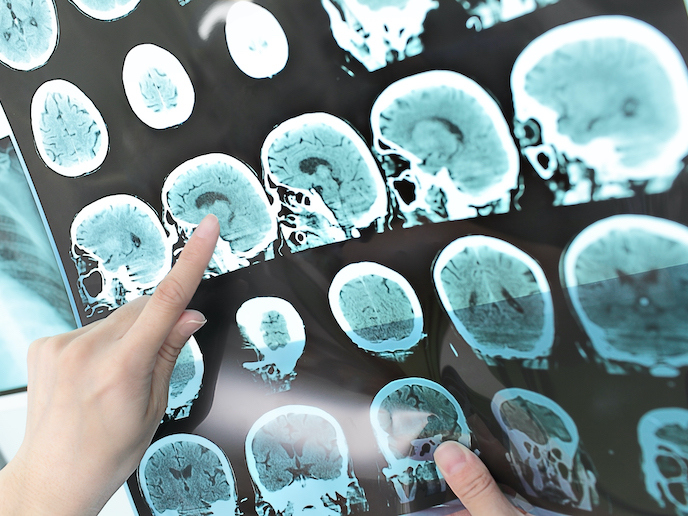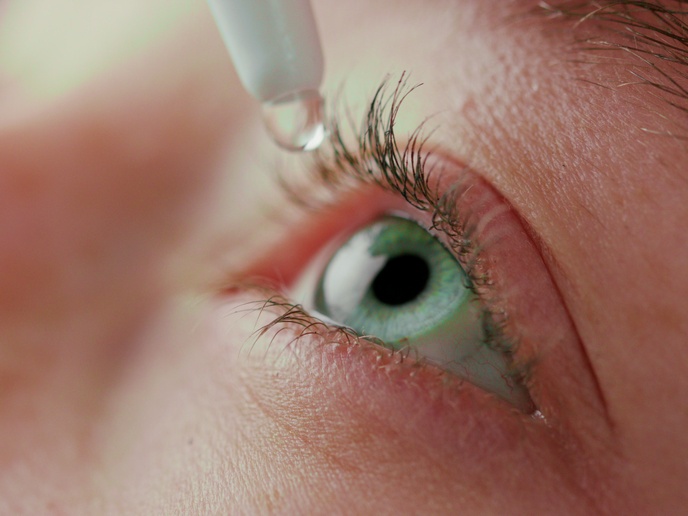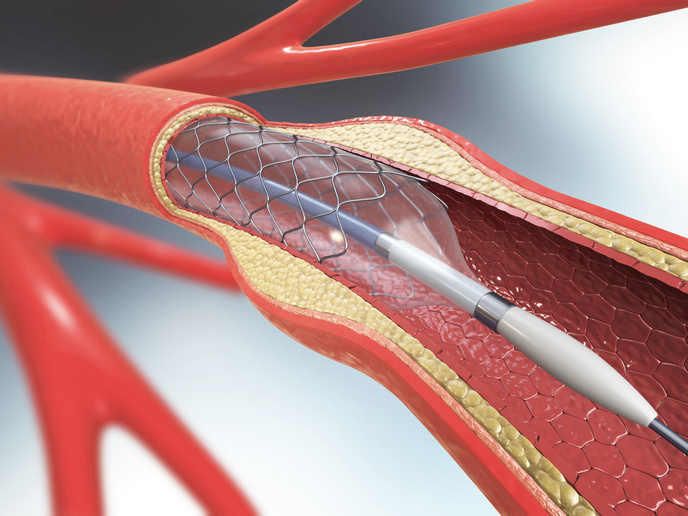A better way of treating the effects of ischaemic stroke
Ischaemic stroke(opens in new window) occurs when an artery that supplies blood to the brain becomes blocked. This blockage reduces the flow of blood and oxygen to the brain, causing damage or death of brain cells and resulting in either death or permanent neurological deficits. The gold standard for treating ischaemic stroke is thrombolysis(opens in new window), either via a specific drug called tissue plasminogen activator(opens in new window) or by removing the blood clot using mechanical means, called mechanical thrombectomy. Although this treatment saves lives, it cannot fix the damage done to the brain. The key to fixing the damage to brain tissue is to prevent oxidative stress, a phenomenon caused by the overproduction of small molecules called reactive oxygen and reactive nitrogen species. This is exactly what the EU-funded BIONICS project set out to do. “The BIONICS project(opens in new window) focused on developing a biomimetic and neuroprotective lipid nanocapsule for the targeted treatment of post-stroke side effects,” says Christos Tapeinos, BIONICS project coordinator. “By creating a biocompatible delivery system capable of crossing the physical barrier of the brain and delivering a combination of antioxidants to the ischaemic tissue(opens in new window), we hope to be able to salvage some of the damage.” Tapeinos carried out his research at the Smart Bio-Interfaces department of the Italian Institute of Technology(opens in new window) and with the support of the Marie Skłodowska-Curie Actions(opens in new window).
Trial and error
One of the key roadblocks to the successful delivery of a drug to the brain is getting past the blood-brain barrier(opens in new window) (BBB), which is highly selective in terms of the molecules and substances it will allow to pass into the brain. Even if the drug gets past the BBB, the biocompatible delivery system (BDS) must then be able to specifically target the survivor cells inside the brain. “Only then will we be able to even start trying to reduce the damage caused by the oxidative stress,” explains Tapeinos. To overcome these multiple challenges, researchers created a BDS using both synthetic and natural lipids. They then set out to demonstrate that this BDS was able to target both BBB and neuronal cells. “The main challenge was to demonstrate that the antioxidant system works and can protect the damaged neurons,” adds Tapeinos. Based on the first model of oxidative stress used by researchers, the BDS was working. However, when the model was amended to more accurately describe the physiological ischaemia/reperfusion (I/R)(opens in new window) conditions, the results were inconclusive. “After a few experiments and based on the previous results, we realised that the I/R model we were using was not appropriate,” remarks Tapeinos. “Consequently, we started to optimise the I/R model and, after a lot of trial and error, fabricated one that can ‘accurately’, at least for a 2D in vitro system, mimic the physiological conditions.”
A stepping stone to further research
Although the ultimate goal of protecting the ischaemic brain was not achieved, the project did show that the fabrication of the BDS and the development of the I/R model can act as a stepping stone and support other researchers working in the field. “We are proud of the in vitro I/R model we fabricated because now we have the experience to evolve our work further and fabricate better in vitro systems for I/R,” concludes Tapeinos. The project is currently working to secure additional funding to expand its research into in vivo studies.







